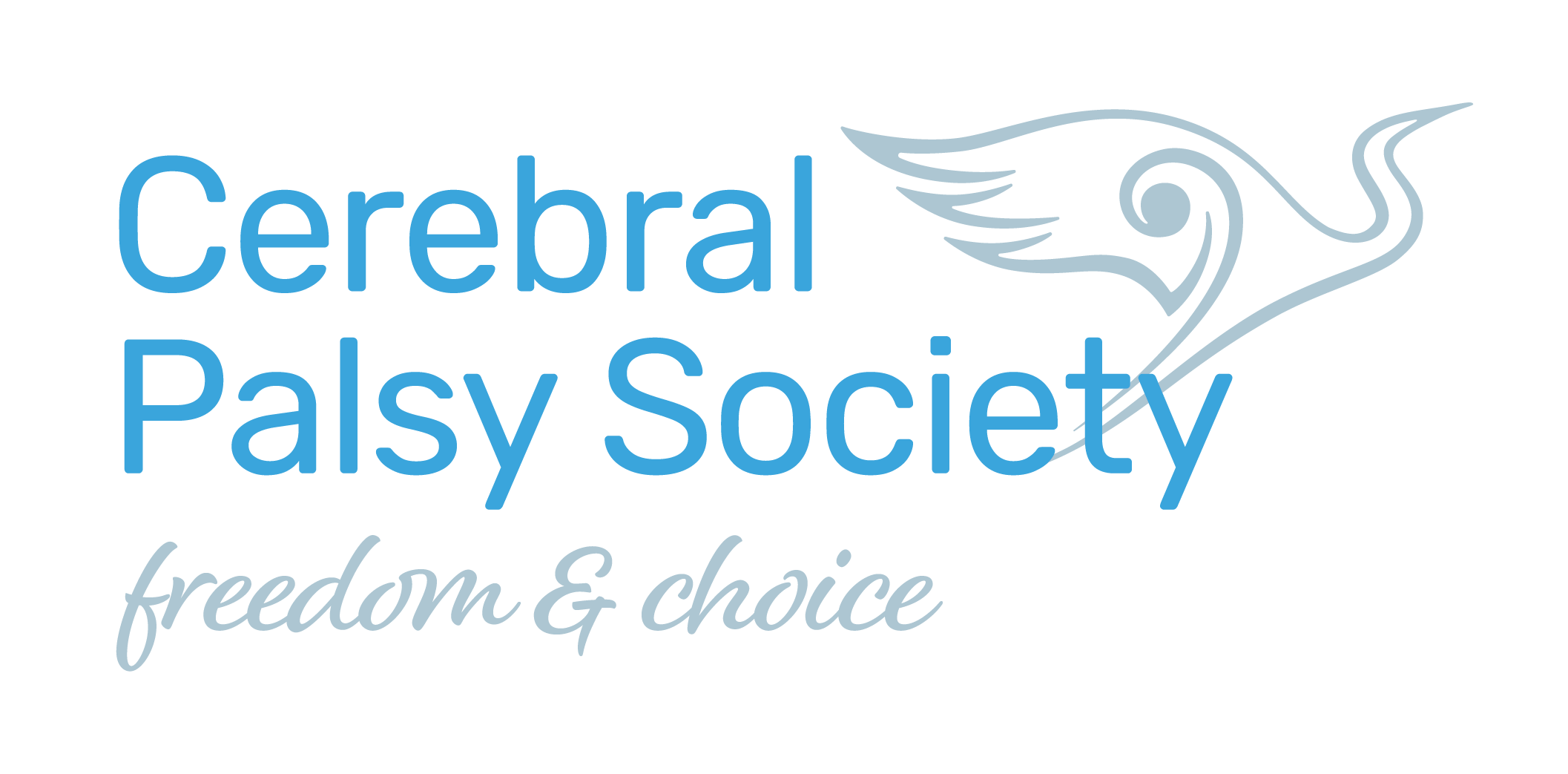Research
Why people with disability get caught in a poverty trap
06 Dec 2023
The link between poverty and disability is clear – but it’s far from inevitable, and we don’t have to accept it as so.
By Amy Hogan and Dr Rebekah Graham, for The Spinoff
In Aotearoa New Zealand, disabled children are more than twice as likely than nondisabled children to be in low income households.
One in five disabled children live in material hardship (difficulty meeting day-to-day living costs).
People with a disability are doubly vulnerable to poverty: both as children and adults. Disabled youth are twice as likely to leave school with no formal qualifications, and four times as likely
to not be in employment, education or training.
Disabled people and their families tend to be resilient and resourceful. We don’t give up.
We are experts at the “number 8 wire” approach of making do and getting on with it.
However, over time, with endless delays, indirect and direct costs, and disappointments, individual resilience can fray.
A core challenge is that many people without disability cannot fully comprehend the additional costs associated with disability, or the multiple barriers that people with disability face when accessing support. This double whammy of invisibility makes access to support and talking about circumstances more difficult.
Here’s a snapshot of some extra costs for people with disability:
Glasses
If you require glasses for your vision, and your nose/ears/ face are “non-standard”, you will require specialist fittings and intervention. Stringent criteria must be met.
Clothing
Poorly fitted clothing can contribute to pressure sores and increased discomfit. Not only do wheelchair users need tailored items for clothing to correctly fit their bodies, but clothing wears quicker.
Dentists
Extra time is often required to address multiple and complex issues. Experienced paediatric dentists are rare, necessitating expensive appointments or long waitlists.
Food and diet
It is common to experience food sensitivities, aversions, and specialist dietary requirements. Sometimes this means a great deal of trial and error. One family we know of trialled seven different supplement formulas before finding one that was suitable, digestible and tolerated by their child.
Specialist bathroom, bedroom and kitchen supplies
These are necessary for people with different mobility needs. For example, skin deterioration may require using a bidet, or a person may need nonslip mats for plates and cups. The publicly
funded equipment is limited and one size does not fit all, leading to a fair amount of trial and error and costs to the user.
Family and community related needs
For example, the need to hire (more expensive) wheelchair accessible venues, for supplementary oxygen to undertake daily activities, to pay for care workers to travel with you, to hire a wheelchair van with a hoist, and to pay higher costs for travel insurance.
Specialist health appointments
Disability-related specialists are frequently located in metropolitan centres, meaning those who live rurally often have to fly or drive long distances, and pay for accommodation, in order to attend appointments. The current reimbursement rate for parents who do this is 28c/km. For comparison, the Ministry of Health pays their workers 68c/km to do the same, and the current IRD rates are 82c/km. Time off work is not reimbursed.
Care worker support
Carers are sometimes needed for disabled people to attend functions, appointments and social events. This requires additional transport and employment costs, and logistical planning.
Not only is financial support for those with disabilities hard to get, information on how to access it is difficult to find.
This can result in parents spending disproportionate amounts of time navigating overly administrative welfare processes and having to prove their child’s disability repeatedly.
When applications are submitted, their approval can depend on the opinions of people without direct experience of disability.
Our attitude towards both poverty and disability needs to change to one focused on an upward spiral of wellbeing.
The poverty-disability link is not inevitable, and we need not accept it as so.
Raising awareness of societal attitudes and working to change them is an important step, and so is providing financial support without heavy bureaucratic requirements.
Ideas for change:
• Commit to eliminating deficit-based language for beneficiaries
• Implement the Welfare Expert Advisory Group’s recommendations on financial support, specifically recommendations #40 and #41
• Lift all levels of support provided by Ministry of Health and disability providers to match the levels of support provided by ACC to people with accident-related disability
• Implement working entitlements fairly for everyone
• Lobby for the tripling of the Child Disability Allowance and the Disability Allowance.
You can read the full article in The Spinoff here.
Amy Hogan (left) is the Cerebral Palsy Society of New Zealand’s Researcher and Member Support Advisor.
Dr Rebekah Graham (right) is the National Executive Officer at Parents of Vision Impaired (NZ) PVINZ.
This article was originally published in the September to December 2023 edition of The Review magazine.
For more information:
Melanie Louden
Communications Manager
melanie@cpsociety.org.nz
Mobile: 022 087 819



